A grim ‘pro-fur’ item in our Ernest Bell Library.
A circa 1870/1880 advertising card.
Corde Viridis – thank you so much for the translation –
Paul Körner
Fur trader
Specialty: various skin carpets with or without naturalised heads.
Humans are selling the skins of animals, and we are pretty certain that the animals didn’t all die of old age.
Lion, Tiger, Panther, Jaguar…….
Current Prices – for skins with naturalised heads
Lions skins from … MF (perhaps: Mark per skin)
Tiger
Panther
Leopards rough and flat
Bear skins from…
Icebears
Gray bears
Brown bears
Black bears
Wolves
Foxes
Lynx
And so forth
Without naturalised head of course cheaper.
PETA’s site – http://www.peta.org/issues/animals-used-for-clothing/fur/
Whether it came from an animal on a fur farm or one who was trapped in the wild, every fur coat, trinket, and bit of trim caused an animal tremendous suffering—and took away a life.
………………………………………………………………
Two much more pleasant ‘anti-fur’ Ernest Bell Library items – a pin & a book.
Both were created by dedicated animal rights activists circa 1938.
‘Wear No Fur’ – The Animal Defence Society – a circa 1938 pin.
No maker – believed to be the work of Thomas Fattorini Limited – Birmingham – UK.
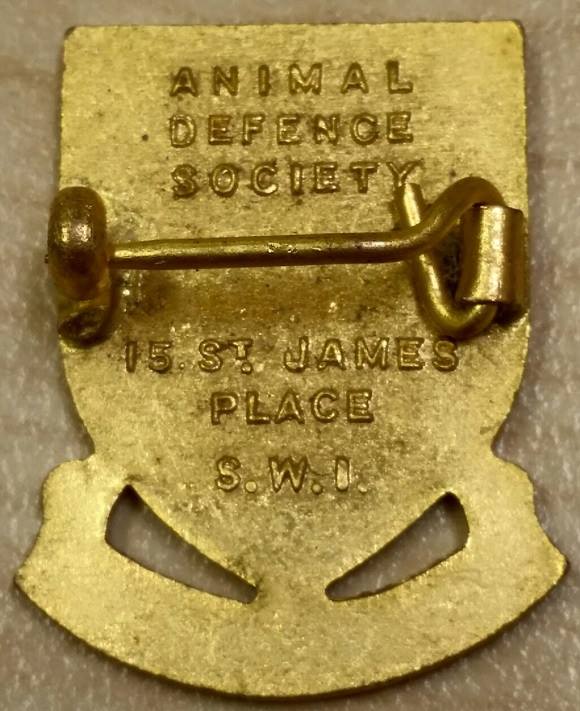

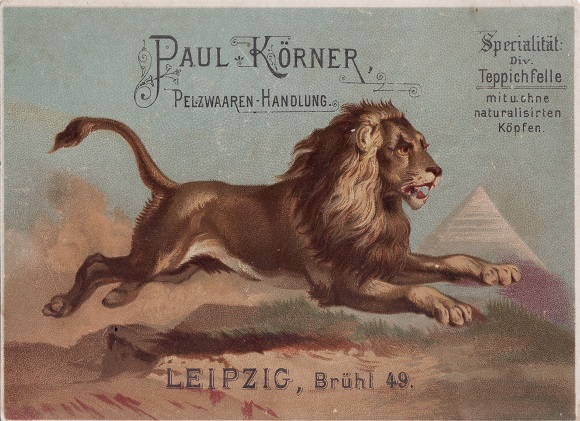
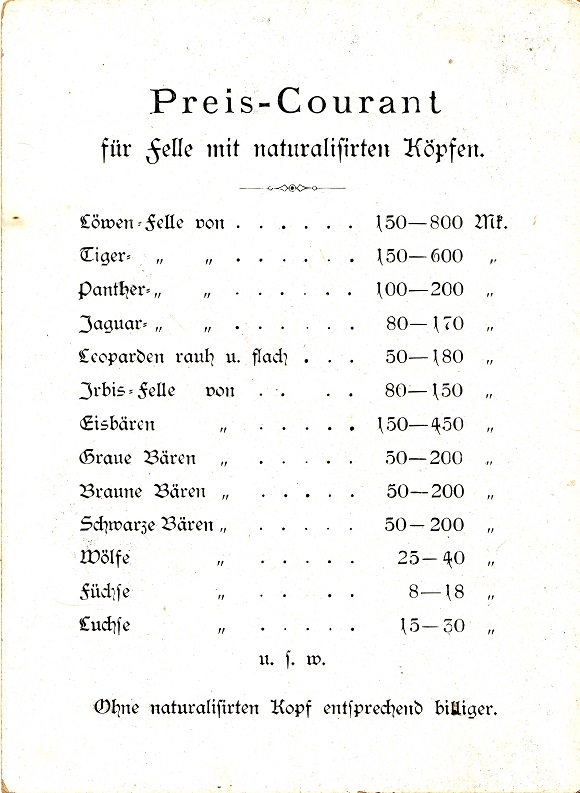
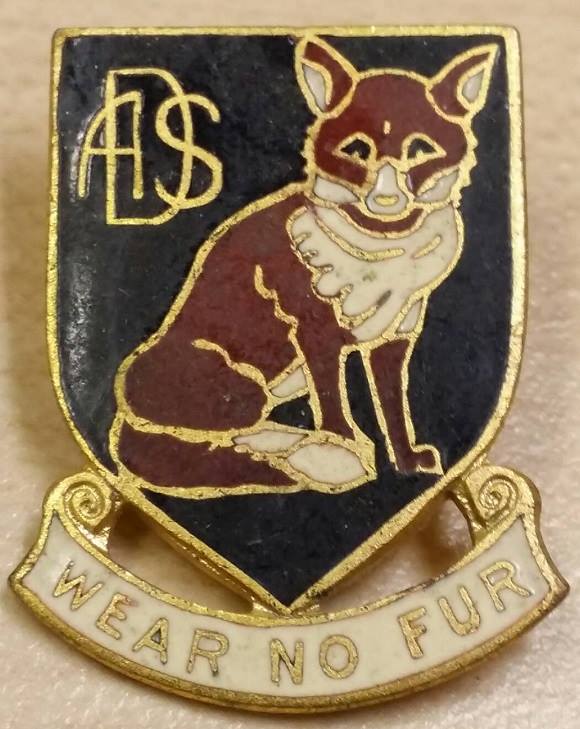
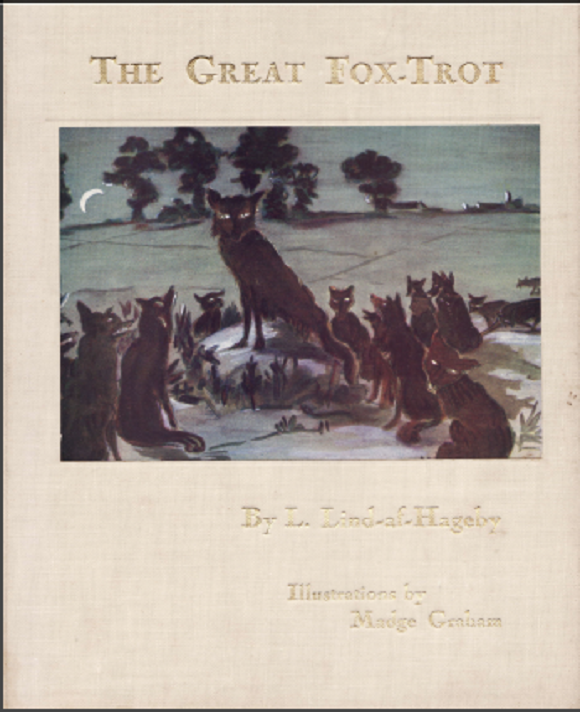




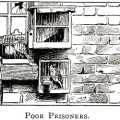

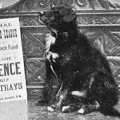

No Comments